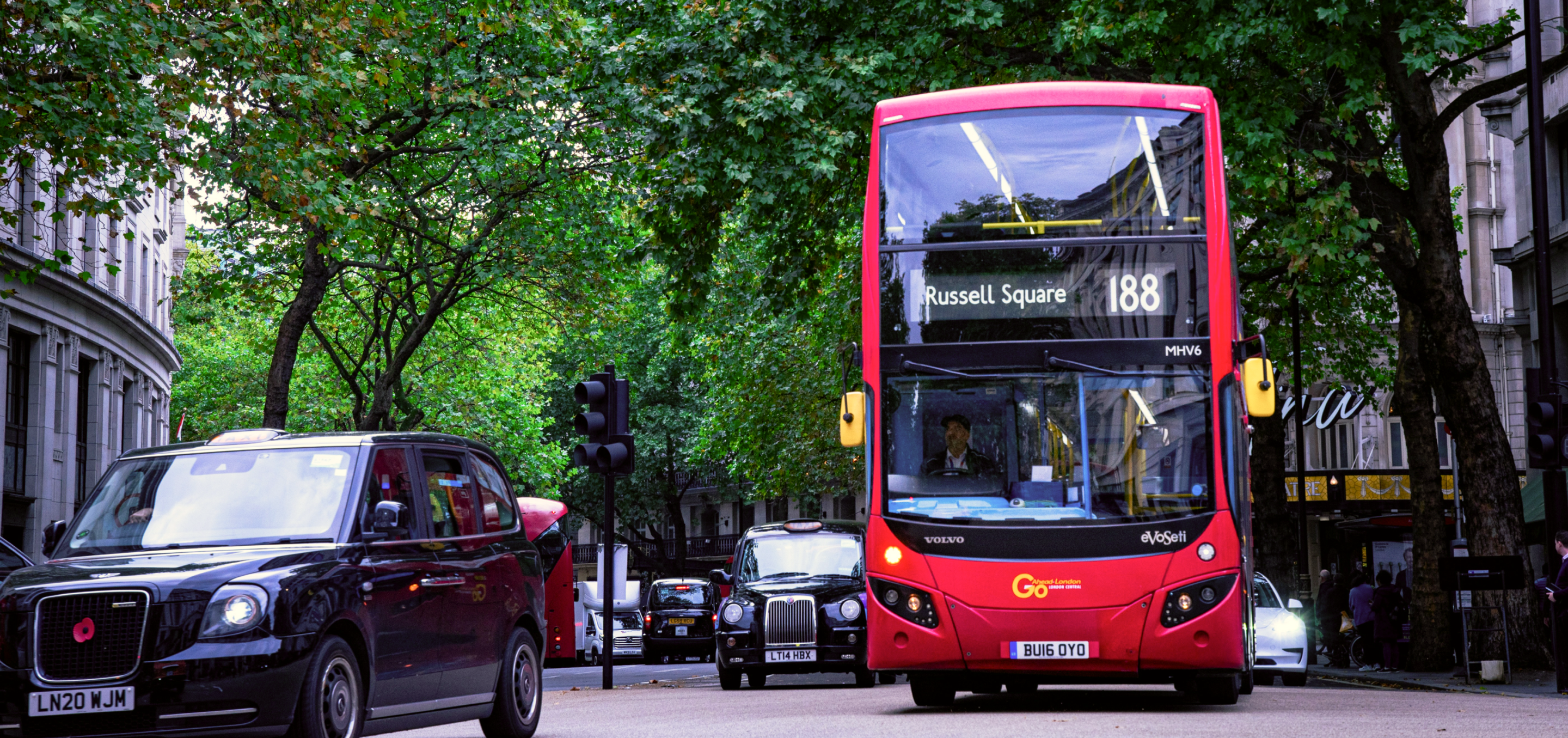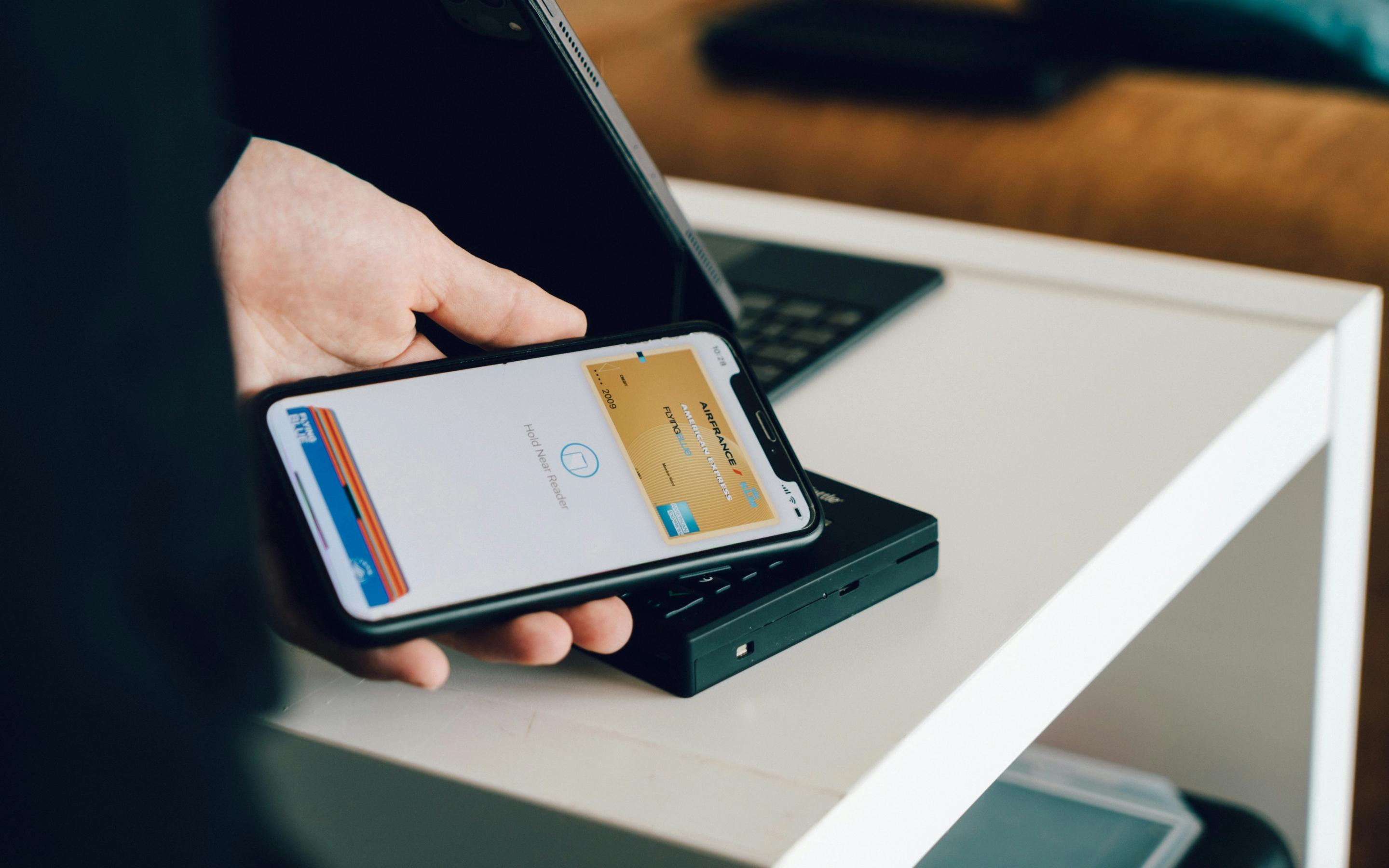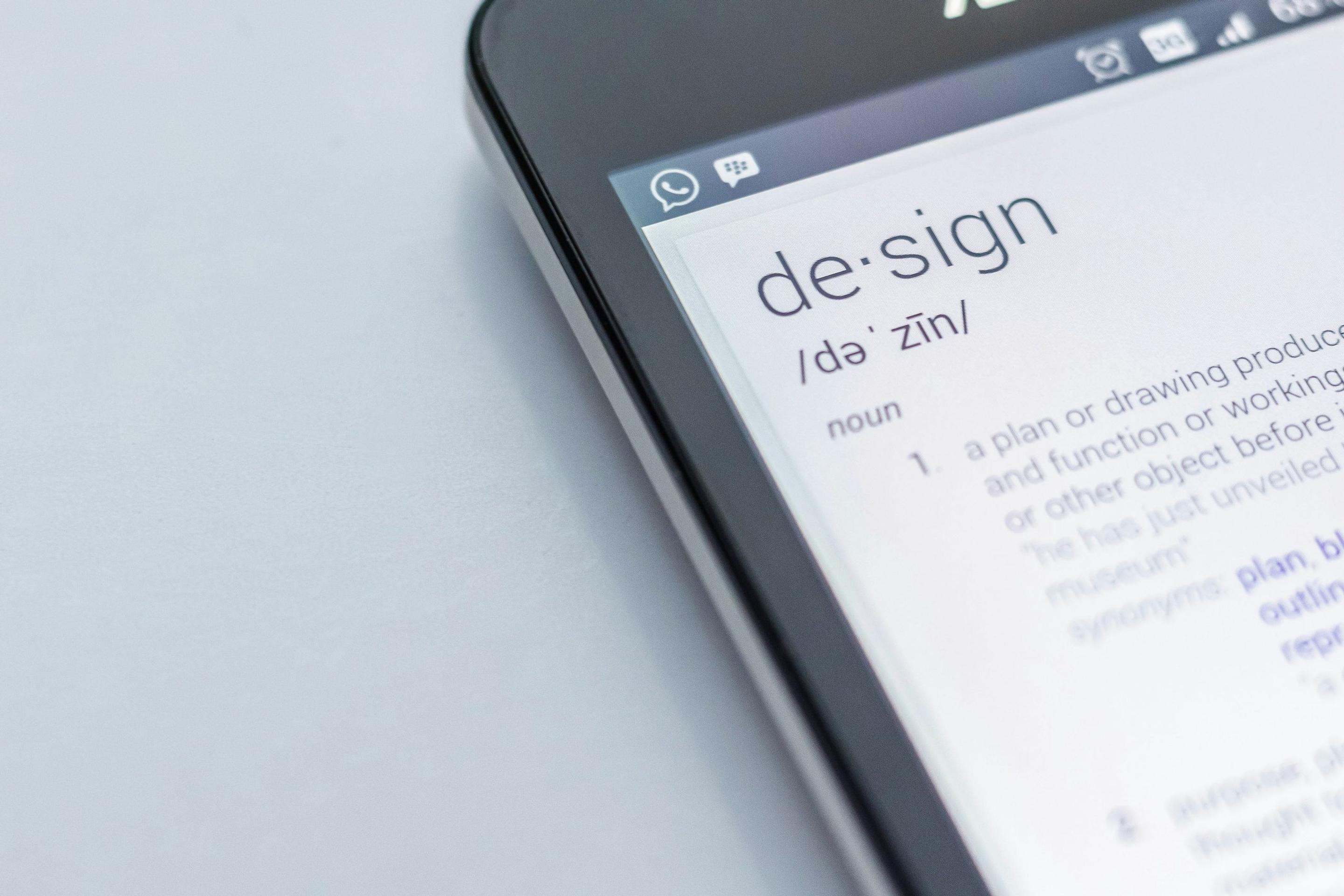The 5 Core Principles of Building a World-Class Transport App

The transport sector sits at the intersection of essential service and everyday convenience. Whether it is getting commuters to work on time, moving passengers across the country, or enabling flexible mobility in cities, transport organisations are judged by the experience they deliver as much as the service itself.
In an industry where margins are tight and disruption is constant, digital innovation has become a decisive factor in building trust, retaining customers, and delivering efficiency.
But while transport providers know they need to invest in digital, the challenge is how to do so in a way that actually works for people.
Too often, systems are designed around technology first rather than human behaviour, leaving passengers frustrated and employees under pressure. Trust is eroded not just by obvious failures, such as delays or outages, but also by subtle frictions: confusing booking journeys, poor communication during disruptions, or digital platforms that feel disconnected from the physical experience.
Transport organisations must build platforms and services that customers and employees can genuinely rely on, even in high-stakes or stressful contexts. That requires a shift in mindset - from technology as an add-on to technology as the backbone of customer experience.
Based on our work in the sector, we believe there are five principles that define this shift.
1. Build for Longevity
Trust in transport is measured in years, not product launches. Digital systems must evolve with changing expectations to remain reliable.
Transport organisations often approach digital with a project mindset: launch a new app, deliver a compliance-driven platform, or refresh a booking system. But the reality is that digital trust is built over the long term. An app that is neglected after launch quickly becomes a liability.
Building for longevity means investing in systems that are flexible and maintainable. Modular architectures allow for new integrations without major rebuilds. Regular updates signal to customers that digital platforms are cared for. Governance processes ensure employee and passenger feedback is captured and acted on.
Longevity also means aligning digital investment with the long horizons of transport infrastructure. Just as rail lines or depots are built to last decades, digital systems should be designed with the expectation of ongoing relevance and continuous improvement. This shift from one-off projects to living platforms is essential for maintaining trust over time.
2. Balance the Needs of Passengers and Employees
Passengers are the most visible users of transport systems, but employees are the ones who deliver the service day-to-day.
Focusing only on one side creates imbalance. A slick passenger app that adds complexity to staff workflows does not build trust; nor does an efficient staff system that leaves passengers in the dark.
True customer experience in transport must therefore include employee experience. When employees are equipped with tools that make their jobs easier, they deliver better service.
Take disruption management as an example. Passengers want accurate updates, clear rebooking options, and reassurance. Employees, meanwhile, need reliable information systems that help them communicate effectively under pressure. A well-designed disruption tool is one that supports both sides at once: giving staff quick access to the right data while pushing accurate updates to customers across digital and physical touchpoints.
Balancing these needs also has a cultural dimension. Employees must feel that digital tools are designed for them, not imposed on them. If staff find workarounds because systems are clunky, passengers feel the consequences through longer waits, inconsistent information, or reduced service quality.
3. Design for Trust in Critical Moments
The Power of Contextual UX cannot be underestimated in mobility.
In most industries, a small delay or error in a digital platform is inconvenient. In transport, it can mean a missed flight, a stranded individual, or thousands of frustrated commuters. That makes trust in critical moments especially important.
Trust is not built by perfection alone - every transport service will face delays, cancellations, or unexpected events. It is built by how organisations respond. A digital experience that acknowledges the issue, provides clear alternatives, and reassures the customer is far more valuable than one that hides the problem or leaves people searching for answers.
This is where transparency and empathy matter. Push notifications that explain the cause of a disruption, rebooking options surfaced immediately in an app, or proactive refunds sent without passengers needing to chase all send a strong message: this organisation understands the stakes and is on the customer’s side.
From an operational standpoint, this requires robust data flows and resilient platforms. Live information must be accurate, timely, and consistent across channels. Designing for trust means assuming that things will go wrong - and building digital systems that help customers and staff handle those moments with confidence.
The three contexts
4. Make the Invisible Visible
Much of what drives trust in transport is invisible to passengers: data security, operational efficiency, compliance with regulations, or sustainability initiatives. Yet these factors matter deeply to how customers perceive a brand. If passengers do not see them, they cannot value them.
Digital experiences provide a way to make the invisible visible. A loyalty app might highlight the carbon savings of choosing public transport over driving. A passenger dashboard could display alternative route recommendations when disruptions strike. A booking system could show passengers exactly how their personal data is being handled, reassuring them that privacy and security are taken seriously.
Making the invisible visible does not mean overwhelming passengers with technical detail. It means communicating the value of behind-the-scenes efforts in ways that matter to them.
In healthcare, for instance, patient portals increasingly show not only appointment data but also security features and compliance notices. Transport can take the same approach, embedding trust signals directly into the user journey.
The benefit is twofold: passengers feel reassured, and organisations create a stronger narrative around the value they deliver beyond just getting people from A to B.
5. Design for Everyone - Accessibility and Inclusivity
Transport is a universal service. That means digital platforms must work for everyone, regardless of age, ability, or digital confidence.
Accessibility is more than a checklist. It means real usability not only for those with visual impairments, motor difficulties, or cognitive differences, but for all passengers. Design choices should help tourists, occasional travellers, or users with low digital literacy and make the service easier for everyone to use. That means simple language, clear icons, and logical layouts. The details all matter.
Offline by design
Not every traveller has signal underground or in remote areas. A world-class app provides access to essential information – tickets, timetables, station maps – offline. This ensures reliability for all users, in all contexts.
Conclusion
For transport organisations, digital is no longer an optional add-on - it is central to how trust is built, maintained, and grown.
The organisations that succeed will be those that see digital not as a one-off project, but as a continuous journey of trust-building. In a sector where reliability, safety, and customer confidence are everything, the ability to deliver trusted digital experiences may prove as important as the ability to get people around.
A transport app is not just a convenience or a cost centre. It is a strategic asset that improves efficiency, strengthens brand loyalty, and opens up new revenue streams.
Building a platform with these principles requires a partner with deep sector expertise. At Future Platforms, we help organisations design and deliver digital transformation in transport that makes a measurable impact.
If you are ready to create a transport app that moves your business forward, let’s talk.
Insights

How to Create a Sports Brand that Drives Loyalty

Brands need friction – even in the metaverse

How COVID-19 has Accelerated Digital Transformation in the Restaurant Industry

5 Trends Driving AI in Customer Loyalty Programmes

How Luxury Brands Are Harnessing Digital Products

